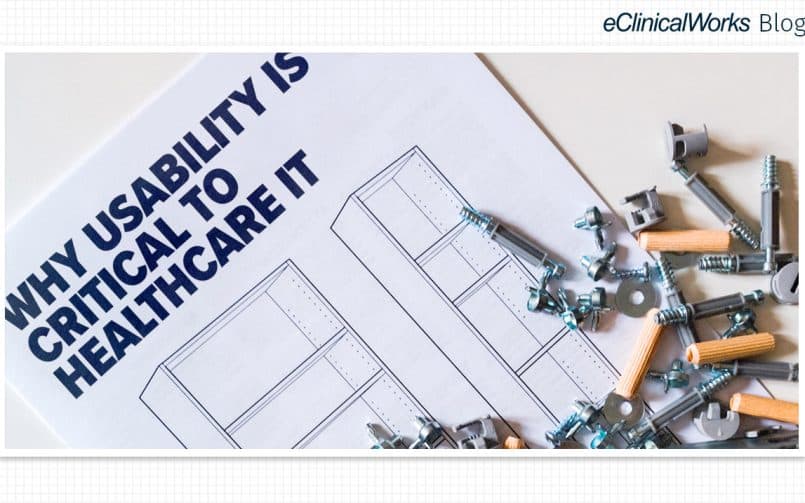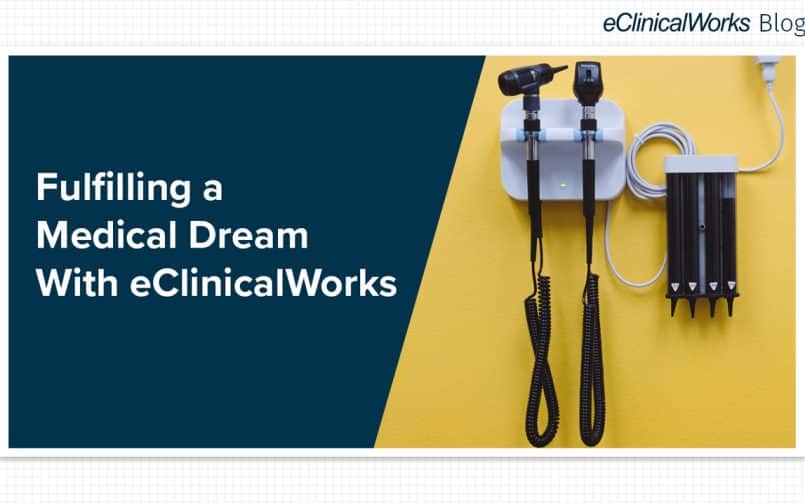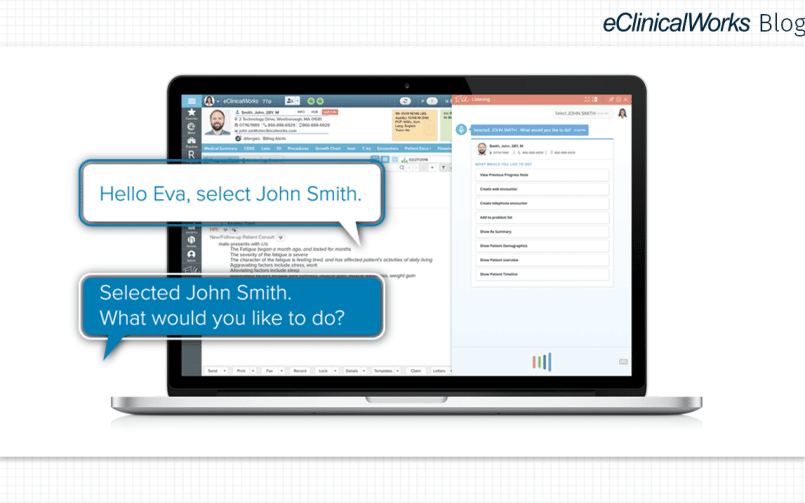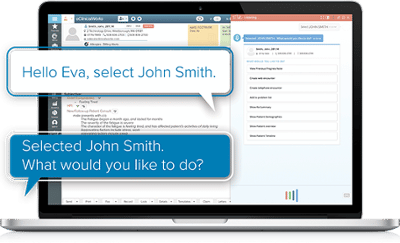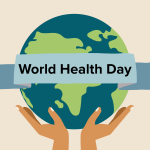7 Keys to Better EHR Usability
- 14 August 2020
- Blog
eClinicalWorks
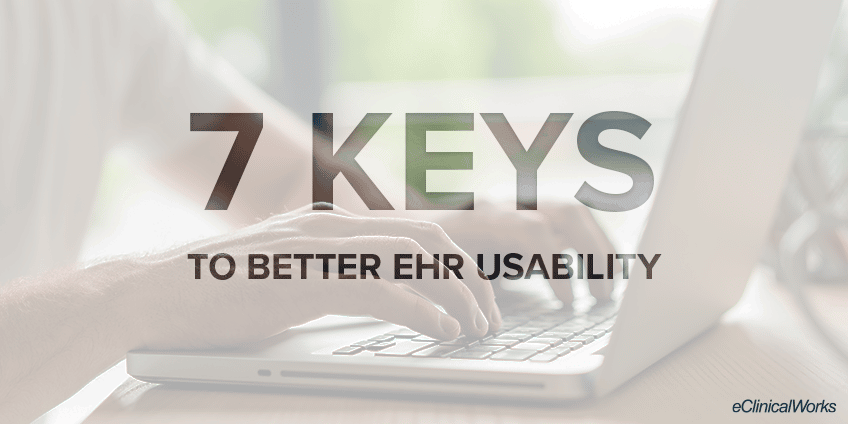
When it comes to improving healthcare IT, what is the consensus of expert opinion for improving the day-to-day usefulness of Electronic Health Records?
We looked at a dozen reports issued during the last five years and published in sources including Becker’s Health IT & CIO Report, the Harvard T.H. Chan School of Public Health, EHR Intelligence, The Pew Charitable Trusts, and industry news outlets. The reports summarize studies, user surveys, industry trends, consumer preferences, and experts’ views.
7 Vital Recommendations for Improved Usability
1. Simplify Your Notes
Striving for shorter notes (NueMD report, March 2017), along with reducing “information overload in physician notes” (EHR Intelligence, September 2018)can ease documentation burdens. Experts Derek A. Haas, John D. Halamka, and Michael Suk, in the Harvard Business Review, advocate reducing payer-imposed requirements, adding that the patient note has more than doubled in length since 2009, to an average of 700 words.
2. Use Templates
Using templates in the EHR can streamline workflows. Reducing the burden of repetitive tasks lowers the risk of provider burnout and lets doctors exercise the decision-making skills at the heart of medicine.
3. Train, Train, Train!
For all the changes in healthcare technology, user dissatisfaction has remained stubbornly high. In 2014, according to an article in Physicians Practice, a survey of 1,400 practitioners found 54% believed their workflows were no better than before the EHR. The article advises constant training, using resources offered by your EHR vendor, and attending user group meetings to share experiences and solutions.
eClinicalWorks® offers optimization services that can help practices identity areas for improvement, including recommendations to optimize the use of our software.
4. Keep Up to Date
Staying current with your EHR vendor’s latest software is critical. Given patient mobility and the need to guard against abuse of pharmaceuticals, being on the latest version of the EHR — and having the latest interoperability solutions — is vital for comprehensive patient records that promote clinical effectiveness and enhance patient safety.
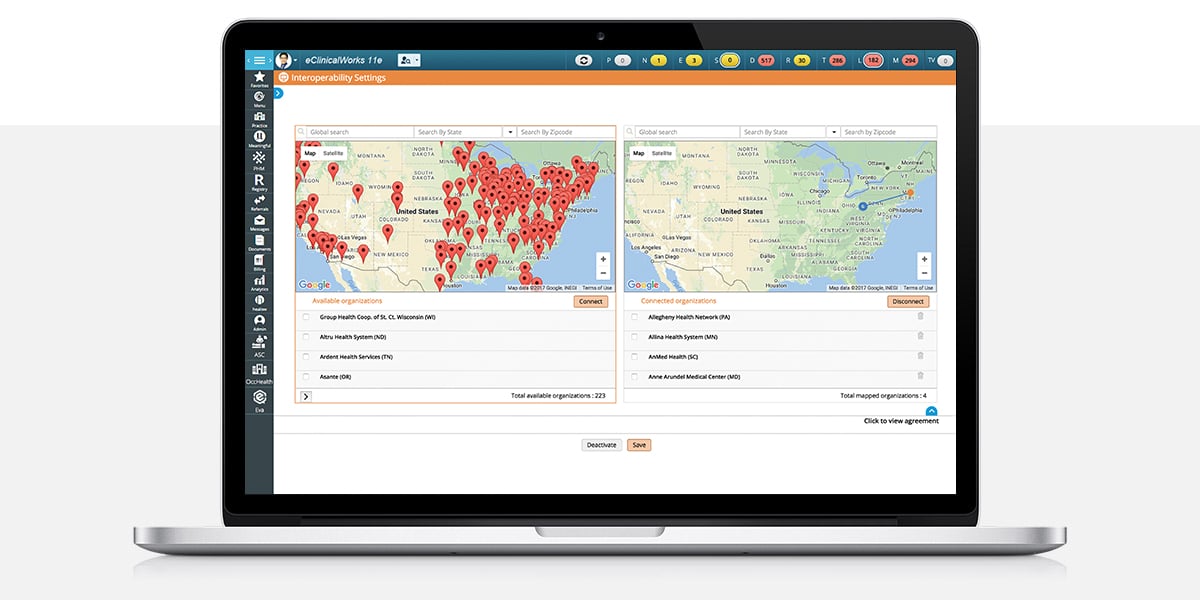
5. Use All the Tools
Each EHR is enhanced with the use of additional features. Physicians Practice recommends the use of an electronic scribe to make documentation easier, and a portal to give patients ready access to appointments, records, and lab results — as well as a 24/7 means of communication with providers.
Partnering with speech-to-text software, eClinicalWorks Scribe® allows providers to generate accurate and comprehensive Progress Notes, saving time and reducing the burdens of after-hours documentation.
6. All Hands on Deck
“To ensure EHR optimization projects accurately address providers’ usability needs, healthcare organizations should consider inviting nurse informaticists to make system adjustments,” notes EHR Intelligence, adding that nurses often have the training, expertise, and time to serve as superusers capable of solving EHR usability issues. And Haas, Halamka, and Suk advise that routine tasks, such as data entry, “can be shifted from physicians to other staff.”
7. Be Patient
Whether a practice takes a “Big Bang” approach to implementation (see “Five Ways to Improve Customer Experiences with Health IT”) or a piecemeal approach, one common factor for success is easy to overlook: Be patient. A 2012 University of Manitoba School of Medicine study, cited in Paediatrics & Child Health, notes it can take up to a year for a healthcare professional to become “confident and competent” with an EHR.
The good news? The time it takes to become proficient with your EHR — all the simplifications, templates, updates, new tools, and training of superusers — will lead to a brighter future for your practice.
At eClinicalWorks, we are constantly seeking new and innovative ways to meet the IT needs of healthcare professionals. Our EHR/PM solution is designed to address the very areas of greatest concern to today’s practitioners, including ease of use to reduce physician burnout, and a full range of tools to improve patient visibility and deepen your practice’s understanding of emerging challenges in medicine.
We also have created a Usability Team that works tirelessly to better understand the context in which our software is used and the daily challenges our users face as they take care of their patients. The Usability Team has conducted on-site usability tests where they would observe customers approaching certain tasks through techniques like the “think aloud” method to better understand the user’s experience interacting with the software.




